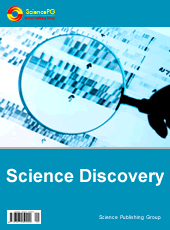- Important Dates
- Submission Deadline: 2023年5月8日
- Conference Date: May 27, 2023
- Notification:
- 20-30 days after the submission
- Publication:
- 7-10 days after the final edition
- Contact Information
- Email: huiyi123net_may@126.com
- Cell Phone: 021-51098086
- Telephone: 0086-18616502321
- QQ: 2934920393
- ICEER2023召开时间为2023年5月27日2023年5月8日
- ICEER2023将和ICCEE2023合并召开2023年5月8日
- Dr. Zengkai Liu 将在会上做主题演讲2023年5月8日
- Dr. Jingyu Cao 将在会上做主题演讲2023年4月25日
- Dr. Songhao Shang 将在会上做主题演讲2023年3月24日
- ICEER2023 会议确定以在线会议的形式召开2023年3月24日
- 会议投稿截止日期延期至2023年5月8日2023年3月21日
- 关于ICEER2023召开形式的说明2023年3月14日
- ICEER2023 摘要征稿2022年8月2日
- ICEER2023 全文征稿2022年8月2日
- ICEER2023 诚邀程序委员2022年8月2日
- ICEER2022及ICCEE2022成功在线召开2022年8月2日
2023 7th International Conference on Energy, Environment and Resources (ICEER2023) is an optimal platform for academic communications, exchange of ideas and inspirations between specialists and scholars in the fields of energy, environment and resources.
2023 7th International Conference on Energy, Environment and Resources (ICEER2023) will be held on May 27, 2023.
Papers submitted to the conference should be written in English or Chinese. All accepted papers will be published online within 7-10 days after the final proofs are received.
If full papers are accepted in the conference, they will be published online respectively in one of the following journals according to the themes.
The following journals of Science Publishing Group have been indexed and abstracted by CNKI (中国知网), WorldCat, CrossRef, Electronic Journals Library, Zeitschriftendatenbank, EZB, ResearchBib, Polish Scholarly Bibliography, Wissenschaftszentrum Berlin, etc.
-
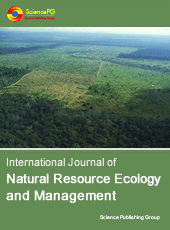
International Journal of Natural Resource Ecology and Management (IJNREM)
https://www.sciencepg.com/j/ijnremISSN Print: 2575-3088
ISSN Online: 2575-3061
-

American Journal of Environmental Science and Engineering (AJESE)
https://www.sciencepg.com/j/ajeseISSN Print: 2578-7985
ISSN Online: 2578-7993
-
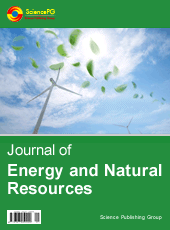
Journal of Energy and Natural Resources (JENR)
https://www.sciencepg.com/j/jenrISSN Print: 2330-7366
ISSN Online: 2330-7404
-
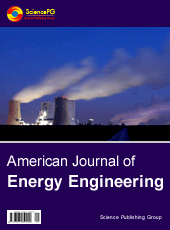
American Journal of Energy Engineering (AJEE)
https://www.sciencepg.com/j/ajeeISSN Print: 2329-1648
ISSN Online: 2329-163X
-
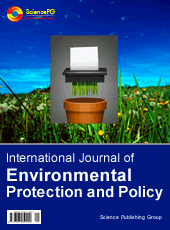
International Journal of Environmental Protection and Policy (IJEPP)
https://www.sciencepg.com/j/ijeppISSN Print: 2330-7528
ISSN Online: 2330-7536
-
